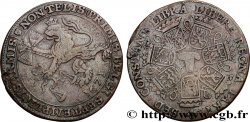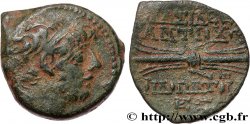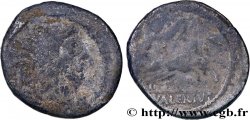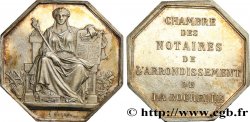Лицевая сторона
Аверс: легенда: FRVSTRA · OPPVGNAT · VSQVE DVM PROTEGIT · DEVS.
Аверс: описание: Troupes espagnoles et néerlandaises. Les néerlandais sont protégés par un bouclier tenu par la main de Dieu emergeant d’un nuage rayonnant.
Обратная сторона
Реверс: легенда: VIGILATE ET ORATE DEO CONSFIDENTES CIC IC XCVI.
Реверс: Описание: figure féminine assise de face, bouclier au sol à droite ; à gauche, soldat en patrouille, à droite, soldat dans une tour ; tous à l'intérieur d'une clôture avec une porte fermée ; au-dessus, nom rayonnant de Dieu en hébreu.
Историческая справка
NETHERLANDS - UNITED PROVINCES
(1581-1795)
The production of historical series tokens began in 1581 when the Netherlands emancipated itself from the tutelage of the King of Spain, Philip II. It is perpetuated for more than a century and informs us about the great events in the history of the United Provinces.. It also provides us with valuable information on the daily life and customs of the inhabitants of the new Republic.. In 1555, Philip II succeeded his father in the Netherlands. From 1568 begins the Eighty Years' War (1568-1648) and the Duke of Alba, new governor of the Netherlands, puts the region on fire and sword. The execution of Charles d'Egmont is the signal of the revolt. The Walloon provinces fall under royal obedience (Union of Arras), the others join the Union of Utrecht. The States General dismiss Philip II and offer the crown to François d'Anjou, brother of Henry III. The Duke of Anjou dies in 1584 as well as Guillaume le Taciturne who is assassinated. Maurice de Nassau, his son, becomes Stathouder of Holland. The States General offer sovereignty to the Queen of England, Elizabeth I (1558-1603) who is preparing to fight against her cousin, Philip II of Spain, who will finally be defeated and his Invincible Armada destroyed under the English coast in 1588. Philip II of Spain died in 1598. His son, Philip III of Spain, succeeded him and entrusted the administration of the Netherlands to his half-sister Isabelle (1556-1633), the daughter of Elisabeth of Valois, who had just married Albert, Archduke of Austria (1559-1621), one of the sons of Maximilian of Austria, she kept the government until her death in 1633.









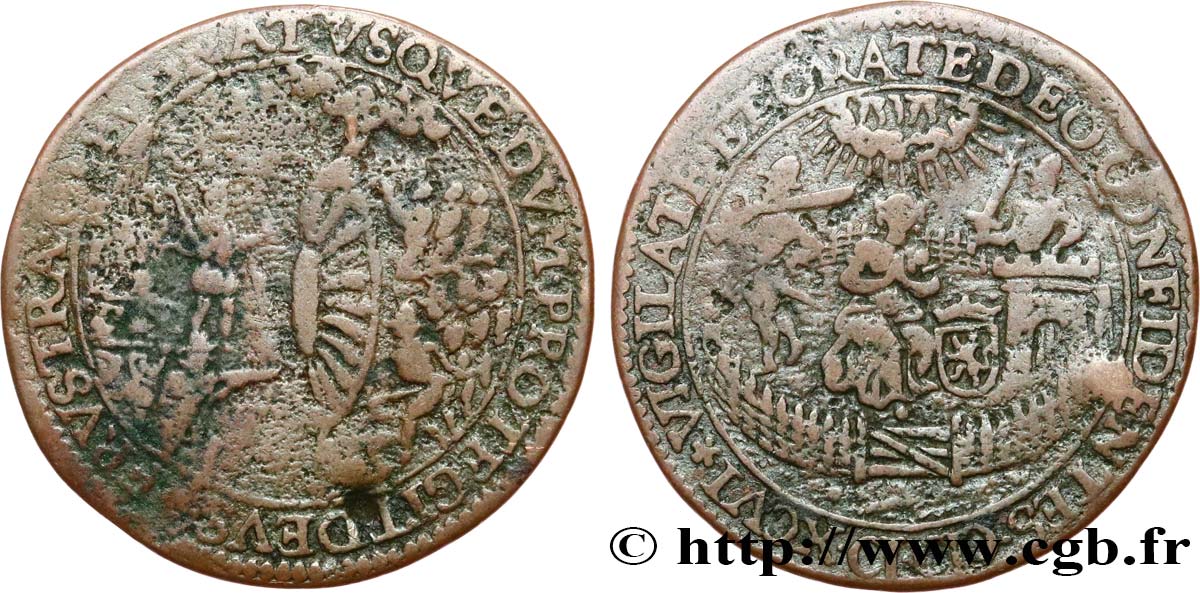
 Cообщить об ошибке
Cообщить об ошибке Распечатать страницу
Распечатать страницу Отправить мой выбор
Отправить мой выбор Задать вопрос
Задать вопрос Consign / sell
Consign / sell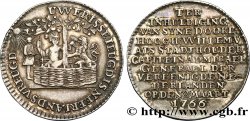
 Информация
Информация